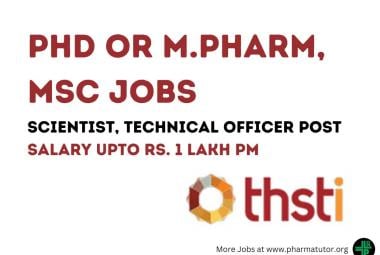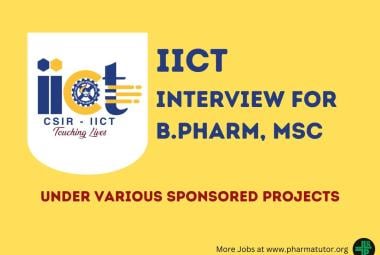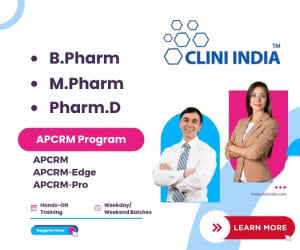 About Authors:
About Authors:
Parmar Krutin D.1*, Pandya Kirtan B.2, Gajjar Alpesh M.3, Zala Shivraj D.3, Kela Amit N.1, Nathani Hitesh S.1
1*C. U. Shah College of Pharmacy and Research, Wadhwan city, Surendranagar, Gujarat, India.
2 Shree Balaji pharmacy college, Jaipur, Rajasthan, India.
3Shree V.B. Manvar college of pharmacy, Upleta, Gujarat, India.
*krutinkp@gmail.com
Abstract:
Tablet coating is perhaps one of the oldest pharmaceutical processes still in existence. Earlier, Sugar coating was adopted for pharmaceutical as from confectionary industry. But as it was tedious process and required skilled manipulation, film coating was started to be preferred over sugar coating. Development of film coating was mainly based on solutions of different polymers in various organic solvents. All these solvents are toxic in nature. Nobody ever was concerned about the problems like material cost, toxic effects due to coating or pollution etc. In today's competitive business environment, any cost saved will improve the market viability and success of any product. Therefore, left with no other choice but to eliminate the use of organic solvents and to start using water as the solvent system for tablet coating.
The main focus of this review is, to study various aspects of aqueous based film coating.
(adsbygoogle = window.adsbygoogle || []).push({});




 ABOUT AUTHOR
ABOUT AUTHOR ABOUT AUTHOR:
ABOUT AUTHOR:  ABOUT AUTHOR:
ABOUT AUTHOR:  About Authors:
About Authors: 
 ABOUT AUTHORS:
ABOUT AUTHORS:







.png)

